Fragrance!
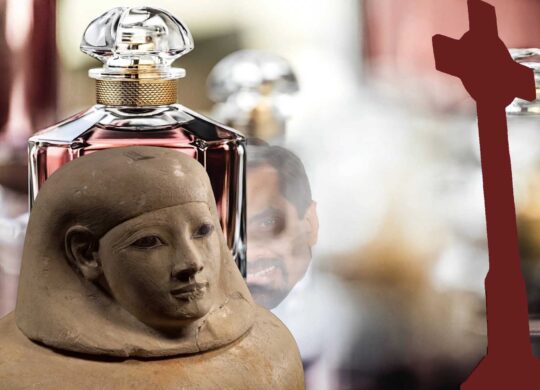
Once upon a time, specifically about 3,500 years ago, in ye olde Egypt, lived a noblewoman named Senetnay, a wet nurse to Pharaoh Amenhotep II. She was obviously regarded as a “somebody,” because she was buried in the Valley of the Kings in Egypt. In an early 20th-century excavation conducted by Howard Carter of Tutankhamun fame, the jars containing her organs were removed and stored in the Museum August Kestner in Hannover, Germany. Recently, researchers from Germany, the UK, France, and Australia, were able to conduct studies on their insides. They published their results in Scientific Reports, an organ of Nature: “Biomolecular characterization of 3500-year-old ancient Egyptian mummification balms from the Valley of the Kings.
Said Barbara Huber, first author on the paper:
Senetnay’s mummification balm stands out as one of the most intricate and complex balms from that era.”
The substance used for embalming was found in two jars that also contained the organs of the late Ms. Senetnay. Huber and colleagues analyzed six samples of residues of the mummification balms from inside two jars that that had once contained Senetnay’s lungs and liver, as indicated by hieroglyphic inscriptions. The team found the balms contained a complex mix of ingredients, including fats and oils, beeswax, bitumen, resins from trees of the pine family, a substance called coumarin that has a vanilla-like scent, and benzoic acid, which can be found in many plant sources including cinnamon and cloves.
Dr William Tullett, an expert in sensory history at the University of York, said recreating smells from history was crucial to understanding the relationship between the past and the present:
To our noses, the warm, resinous, pine-like odors of larch might be more reminiscent of cleaning products and bitumen might put us in mind of asphalt. But for Egyptians, these smells clearly had a host of other meanings related to spirituality and social status.”
Huber, who led the published study, dubbed it “the scent of eternity.”
Now the researchers, working with a perfumer, have recreated the ancient aroma and turned it into a perfume. You can smell it for yourself in the fall, if you head over to the Moesgaard Museum in Denmark.
May the aroma spread!
The Bible has a whole lot to say about odors, especially those being smelled by God. The Books of Leviticus and Numbers have numerous references to “fragrant aroma,” all of them arising from sacrifices.
… an offering by fire of a fragrant aroma to Yahweh.
Leviticus 2:2
No wonder that the atoning work of the final sacrifice for sin, the Lord Jesus Christ, is described likewise:
Christ also loved you and gave Himself up for us,
an offering and a sacrifice to God as a fragrant aroma.
Ephesians 5:2
In turn, as children of God and believers in Christ, our own lives are to be fragrant aromas before our Creator.
But thanks be to God,
who … manifests through us
the sweet aroma of the knowledge of Him
in every place.
For we are a fragrance of Christ to God
among those who are being saved.
2 Corinthians 2:14–15
Even our prayers, are a pleasing scent:
May my prayer be established as incense before Your face.
Psalm 141:2
And thus the entire community of God’s people becomes acceptable to God.
“The whole house of Israel, all of them, will serve Me …
As a soothing aroma I will accept you when I bring you out from the peoples
and gather you from the lands where you are scattered;
and I will prove Myself holy among you in the sight of the nations.”
Ezekiel 20:40–41
SOURCES: The Guardian; Scientific Reports

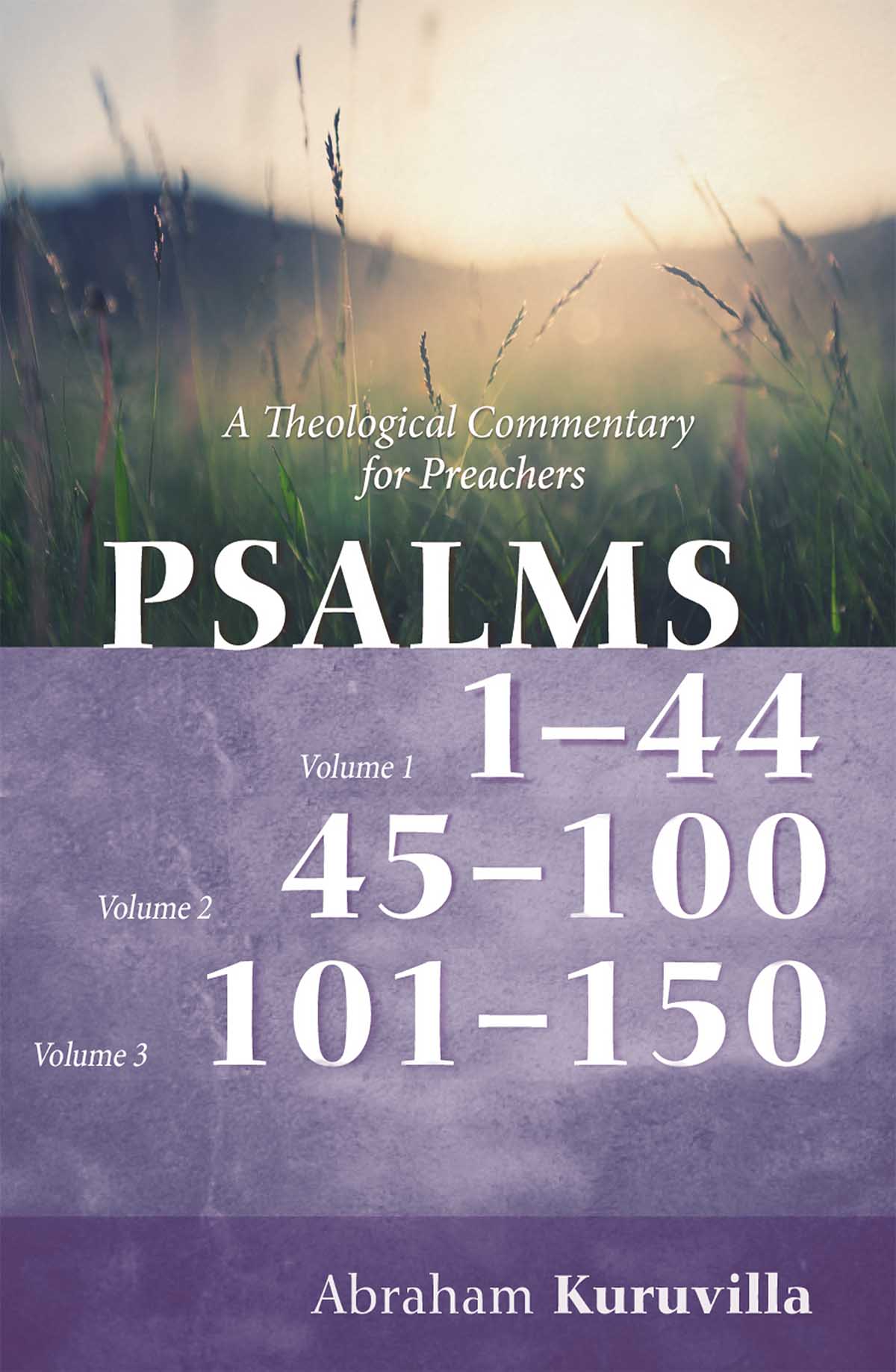
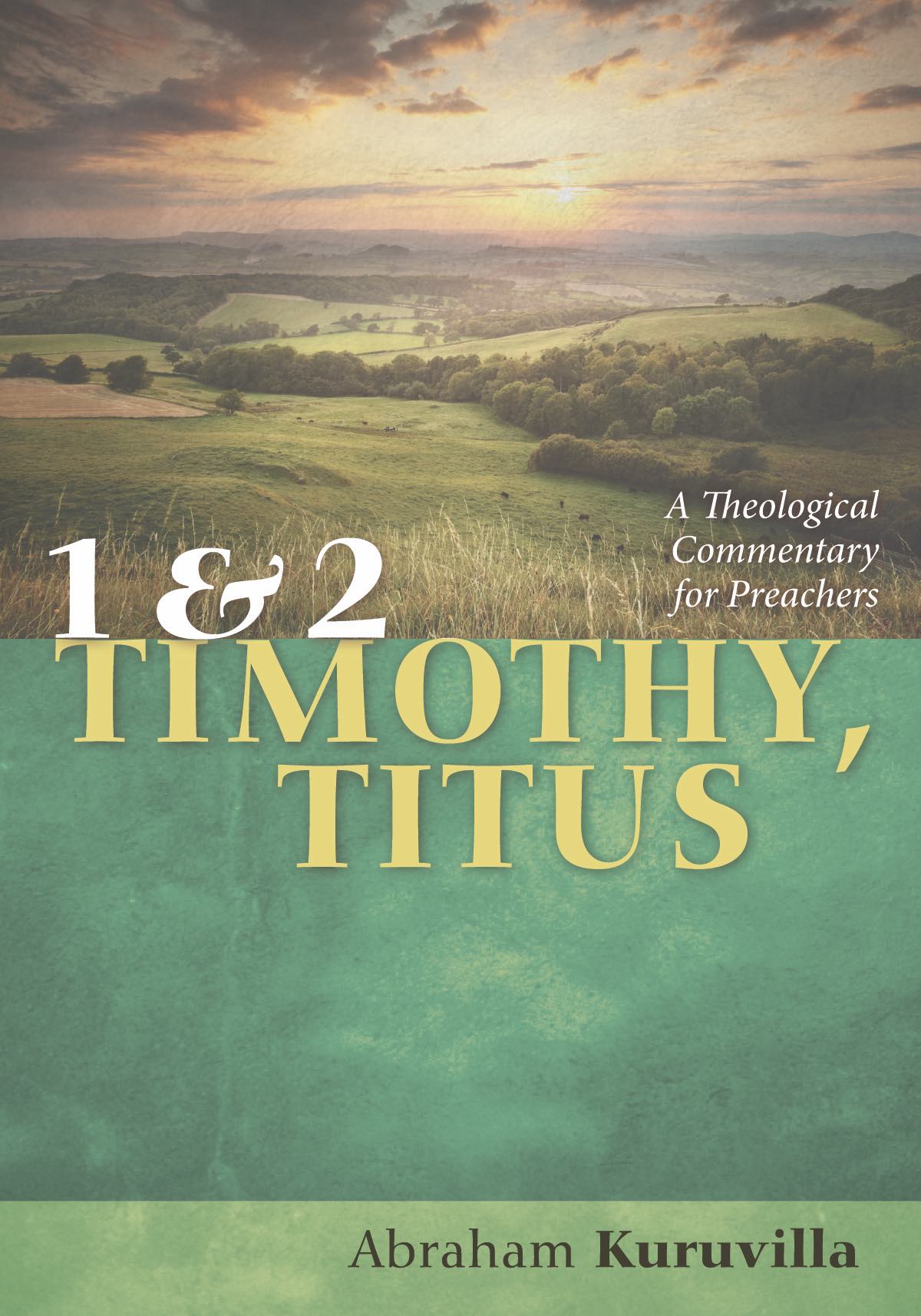
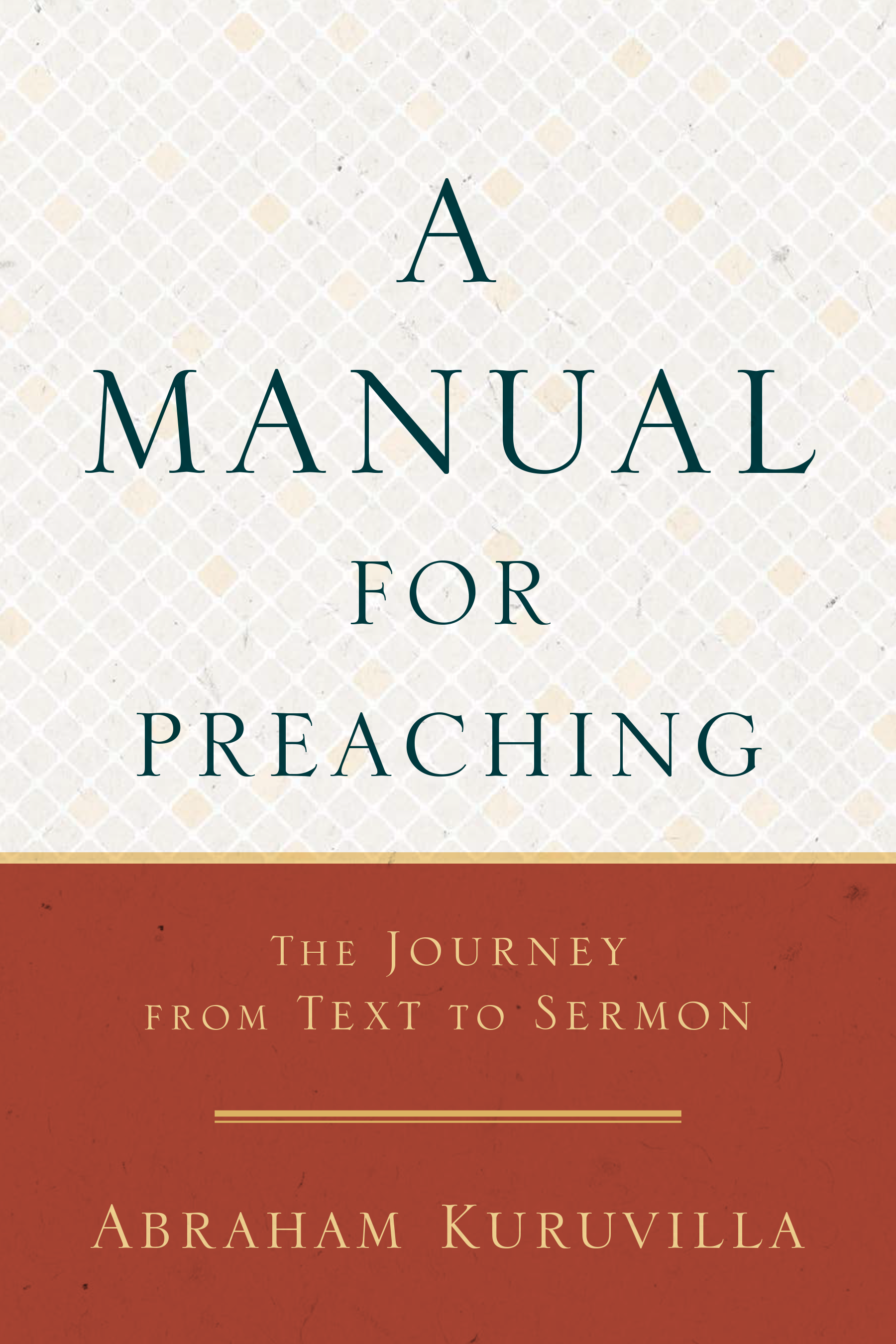

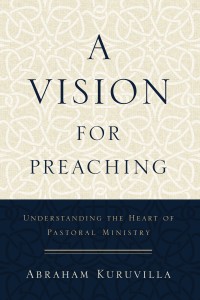





 Abe Kuruvilla is the Carl E. Bates Professor of Christian Preaching at The Southern Baptist Theological Seminary (Louisville, KY), and a dermatologist in private practice. His passion is to explore, explain, and exemplify preaching.
Abe Kuruvilla is the Carl E. Bates Professor of Christian Preaching at The Southern Baptist Theological Seminary (Louisville, KY), and a dermatologist in private practice. His passion is to explore, explain, and exemplify preaching.